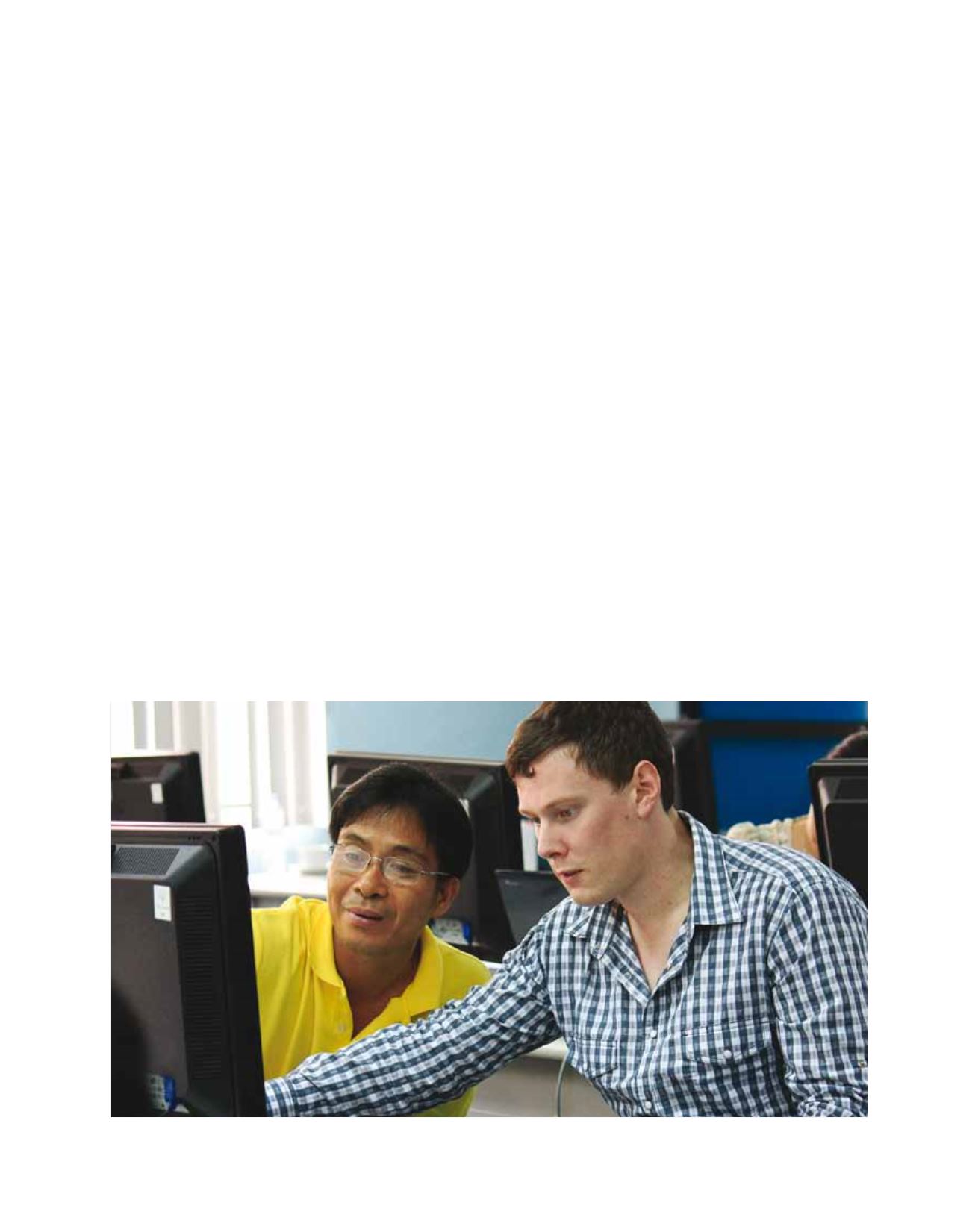

[
] 62
A
griculture
Data section and subsequently be used as input for
downstream models. All data are attached to a personal
user profile and can be shared among different users.
The Tools section contains information on all the past
model runs. Furthermore, a document section is avail-
able, which contains information on all the models.
Lessons learned
The MOSAICC toolbox is a complex project, because
it assimilates different methodological approaches in
a comprehensive manner. The inherent complexities
originate from the social, physical and technical interac-
tions which all have their own sources of uncertainty. A
model’s performance depends on many variables such as
quality of input data, model structure, calibration, and
validation. The MOSAICC toolbox is not flawless from
a scientific technical perspective. However, the goals of
the project reach much further than simple technical
model integration. The MOSAICC toolbox is actually
a very novel and innovative approach to developing,
comparing and evaluating the impact of climate change
in an interactive way, where state-of-the-art technolo-
gies are used in a bottom-up management strategy.
MOSAICC is a tool used to develop institutions’
technical capacities to produce information on
climate change and agriculture; in agreement with
the Principles of the Global Framework for Climate
Services. Furthermore, partnerships are designed in a
way to transfer the ownership of the MOSAICC system
to the institutions and eventually to involve the partners
in the development, the testing and dissemination of
the system.
tion, commodities can be produced by different activities. The CGE
is based on activities, commodities and regions. Data from other
models are aggregated before being entered into to the CGE. The
model accounts for different crops as well as differentiated crop
yields across the country. The effect of crop yield variations is simu-
lated using a shift parameter in the activity production functions.
The model provides estimations for all the endogenous variables
(such as commodity prices, imports, taxes, household income and
savings). A set of inputs (benchmark) including values of all these
variables at a given time is used to calibrate the model. Then when
shocks are simulated using the exogenous variables (changing crop
yields for example), these variables get new values (output). The
effects of changing yields can be assessed by comparing benchmark
and ‘shocked’ situations. Climate change can affect agricultural
production. First, yield changes predicted by one of the crop models
(WABAL or AQUACROP) are passed on to the economic model
through exogenous shocks to a technical shift parameter in the
production function. Changes in the availability of irrigation water
predicted by the STREAM model are passed to the economic model
through an exogenous decrease of the water endowment.
Results
The MOSAICC toolbox is still in development stage, and no
in-depth testing has yet been carried out. The alpha version of the
interface is divided into five different sections: Home, Functions,
Data, Tools and Documents. In the Functions section, all models can
be accessed. All models are displayed as separate models, for which
the input data and parameters can be specified by browsing through
different pages. Climate scenarios can be downscaled and upscaled
through space and time and calibrated with in situ data. After speci-
fying all input data, the selected model can be run. The input and
output data are stored on the server; they can be explored in the
Image: courtesy of Roberto Sandoval
MOSAICC system training
















